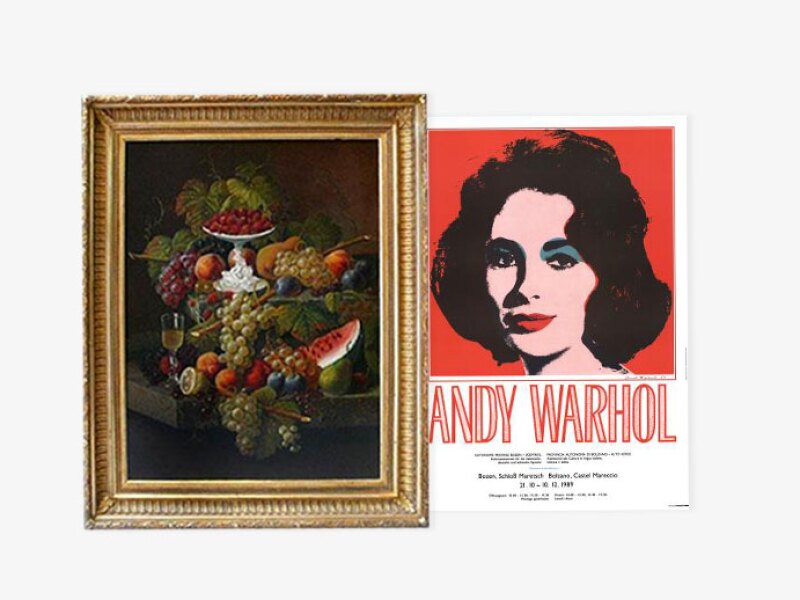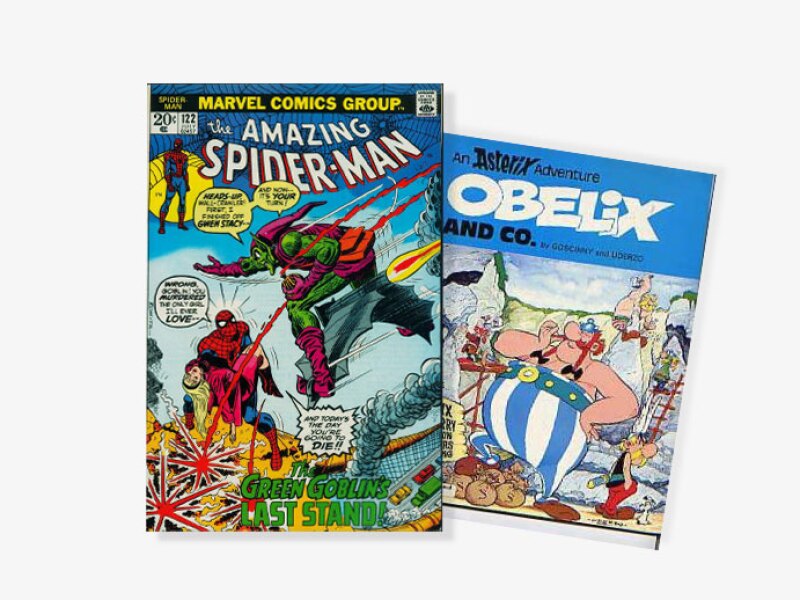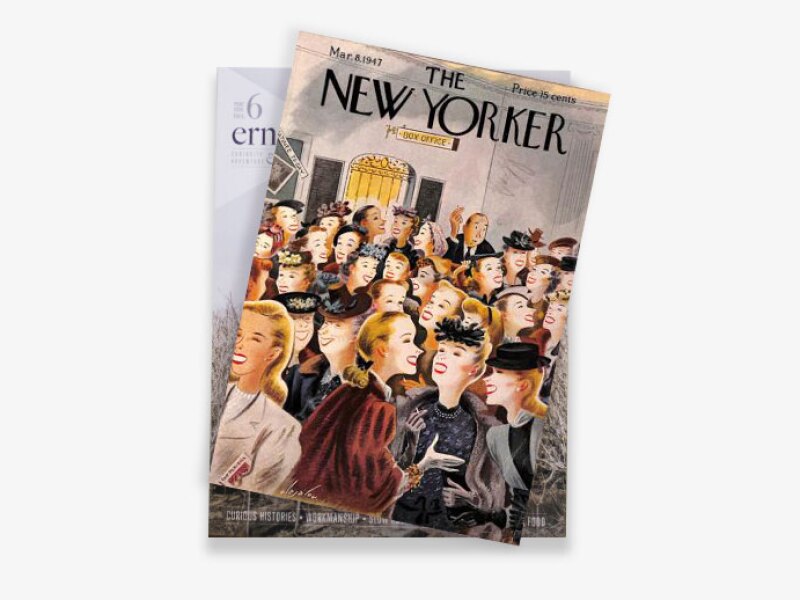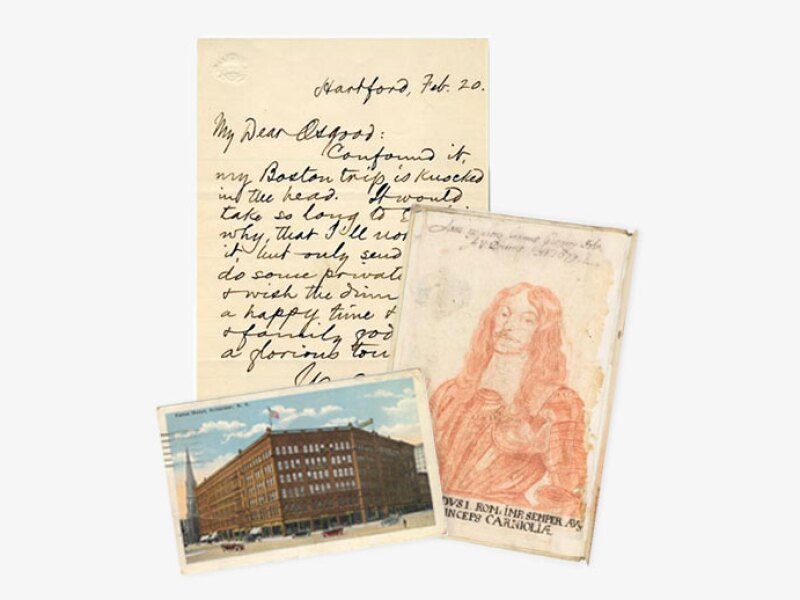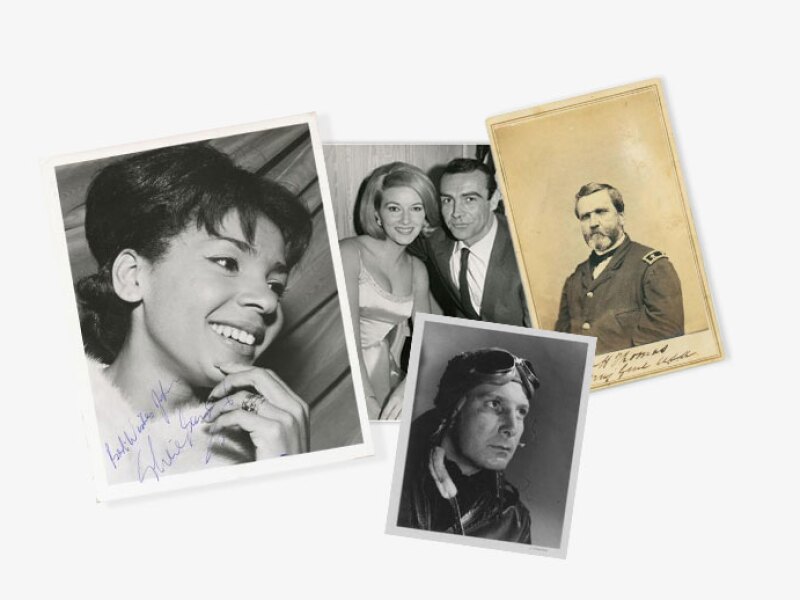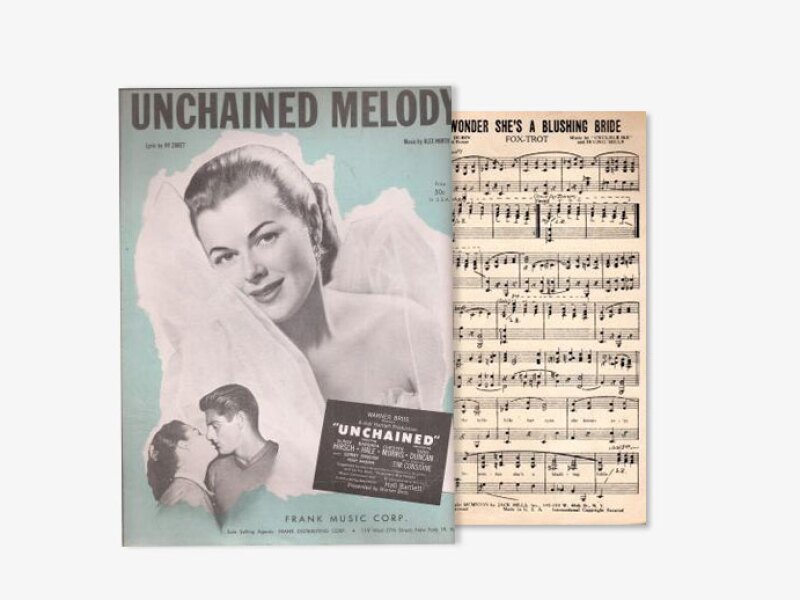
The antiquarian bookshop, founded in Vienna in 1883 by Hermann Gilhofer, is one of the leading and most respected businesses in the industry. With a stock of more than 50,000 items, it has one of the largest non-institutional holdings of rare books, historical manuscripts and autographs.
Hugo Wetscherek took over the well-established business, merging it with his self-founded company Inlibris. Immediately after school, at the age of 18, Hugo started out as an apprentice at the Viennese antiquarian bookstore Nebehay. He was trained by Dr. Hansjörg Krug, who still works as an antiquarian bookseller today.

His apprenticeship was an eye-opener. "Although I had read and collected avidly since my early childhood, my experience as a bibliophile was quite modest back then, largely limited to retail bookstores and regular visits to flea markets," he says. "It was Nebehay’s that gave me my first impression of what this job can mean and how valuable and important books and manuscripts can be as merchandise."
Our questions for Hugo Wetscherek, owner of Inlibris
AbeBooks: What are your strengths when it comes to books?
Hugo Wetscherek: We cover old books from the age of incunabula to the mid-19th century; we offer a few more recent printed books on a case-by-case basis. Within this time frame, however, we do not really specialize - you will find early travel works on our shelves along with philosophy, theology, literature and illustrated books. That said, we do tend to focus on early printing up to 1600.
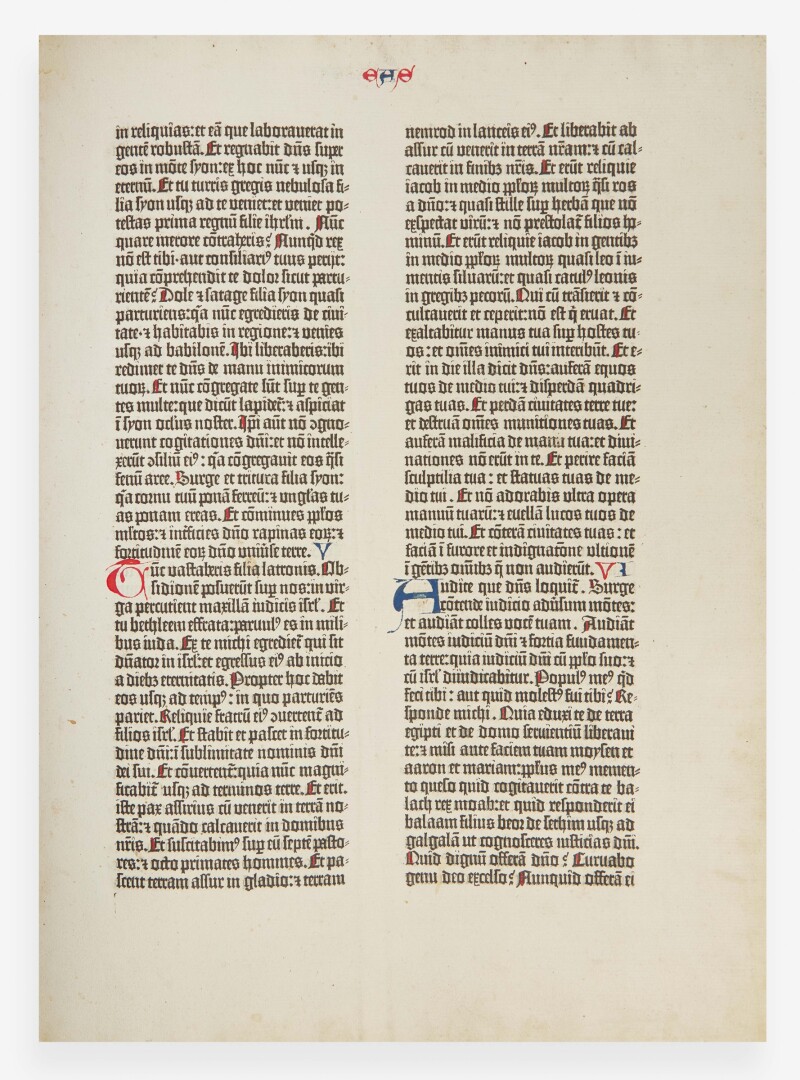
AbeBooks: What is the oldest or most beautiful book in your collection?
Hugo: The oldest print we offer is also the earliest ever made – and, in my opinion, also the most beautiful: a leaf from the Gutenberg Bible, with which it all began in 1454. But the first edition of Honorius of Autun's Imago Mundi, an encyclopedic description of the world from 1472, is also an early example of a typographically very satisfying book.
AbeBooks: Which book are you reluctant to part with?
Hugo: We are quite happy to part with all our books: as dealers, we derive pleasure from buying, cataloguing and reselling, not from ownership. I must say, we do enjoy it if we manage to place a particular book in the right hands.
Search books from Antiquariat INLIBRIS Gilhofer Nfg. GmbH
AbeBooks: Manuscripts are one of your specialties. What are “autographs” and what makes them so fascinating?
Hugo: In the antiquarian book trade, autographs are understood to mean handwritten manuscripts of important personalities, for example from art, history or science. Autographs are always unique, and hence, purchasing them is usually a once-in-a-lifetime opportunity. In writers’ working manuscripts, full of their corrections, the artist’s creative process can sometimes be traced in real time: this particularly fascinated the writer Stefan Zweig, who was himself one of the greatest collectors.

And sometimes great moments in history are condensed within a single piece of paper - treaties between rulers, quarrels between artists, important scientific discoveries. Even Robespierre's famous, bloodstained last document, on which he got only as far as the "o" before the bullet apparently struck him in mid-signature, was in private collections for a long time; today you can admire it in a museum in Paris.
AbeBooks: How are old manuscripts deciphered and translated?
Hugo: The first requirement is, of course, language skills - and the older the manuscript, the more its handwriting will differ from what is common today. In addition to German and English, French and Italian, my colleagues also read Latin, ancient Greek, and Arabic. They all have relevant university degrees (including in history, art history, philosophy, German and English studies), but ultimately, the only thing that helps is lots of experience and practice. That's why I’m proud that some of us here at Inlibris have been pursuing this beautiful profession together for more than 20 years. Of course, our eight-person team also includes a “sworn and court-certified expert in the transcription of manuscripts” (that is actually the official title).
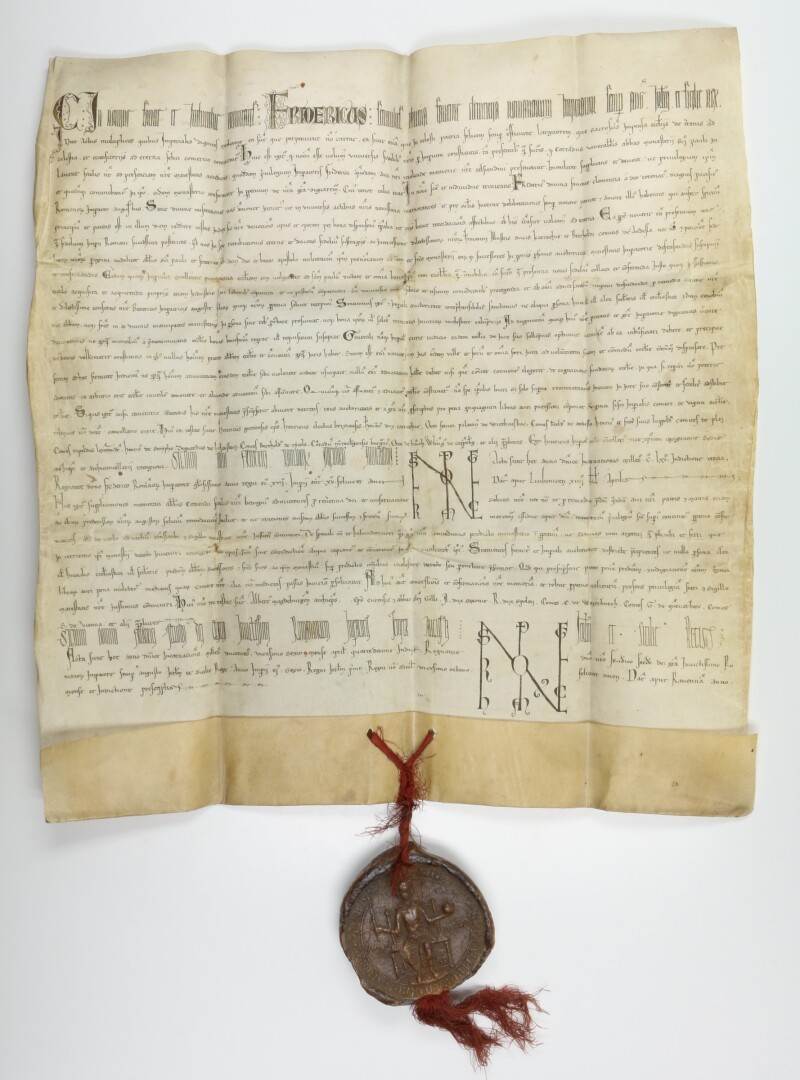
ZVAB: What is the most valuable manuscript you ever sold? What was special about it?
Hugo: We have probably sold more than a hundred individual pieces and collections worth six and sometimes even seven-figure sums. Almost all of them were something special: manuscripts of works by Karl Marx and Ludwig Wittgenstein, musical manuscripts by Mozart and Beethoven. But the most interesting piece is always the one that you just bought or are about to buy.
ZVAB: What should I as a customer look out for when buying autographs and manuscripts?
Hugo: Look out for the seller’s expertise – and for guarantees that go beyond a mere certificate of authenticity. We ourselves grant our purchasers a lifetime right of return in the event of complaints.
ZVAB: Does this field also offer any opportunities to young collectors with limited budgets?
Hugo: Opportunities are everywhere! A letter written by the artist Egon Schiele costs not even a fraction of a drawing by the same hand. And many themed collections that are very valuable today were assembled when the object of desire was by no means expensive. In collecting, you should always be guided by your own enthusiasm. With a little luck, you will be the only enthusiast around and can shop without much competition – and with a little more luck, at some point you will find you are no longer at all the only one, but will own a collection that is suddenly in great demand on the market.
